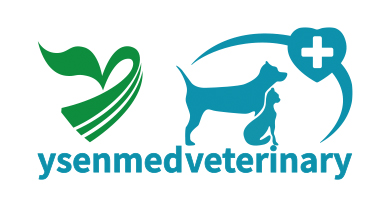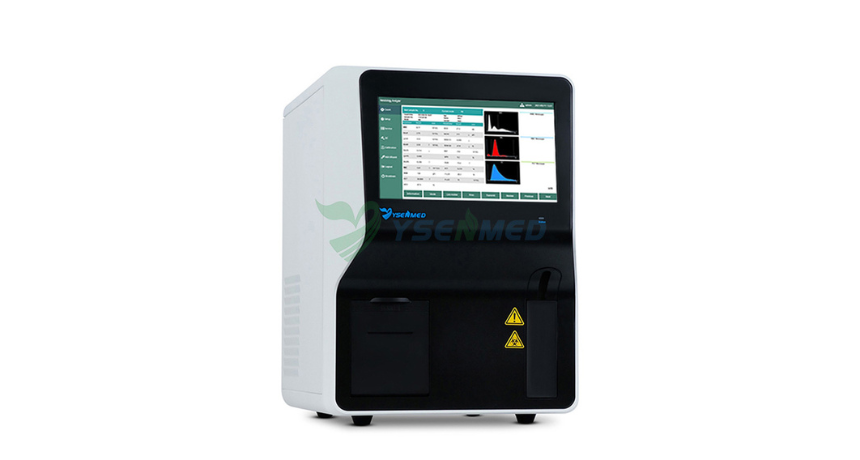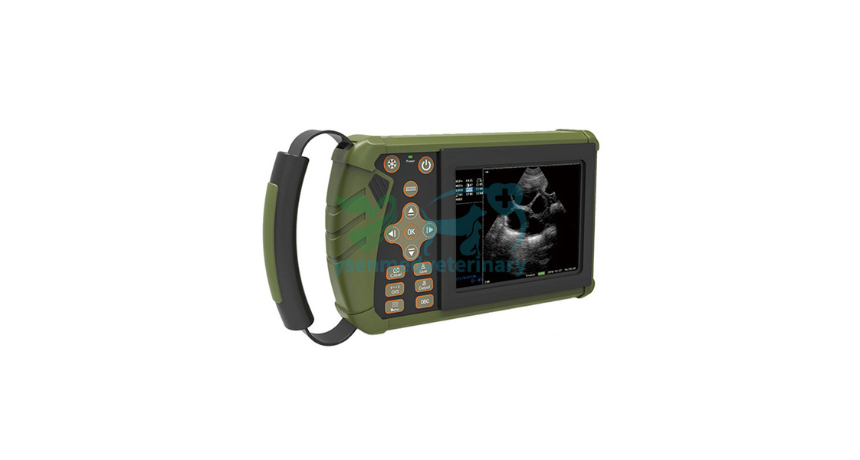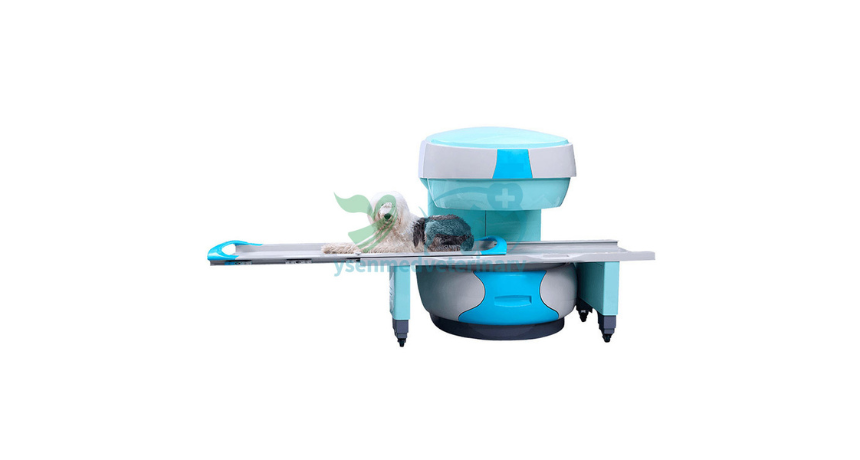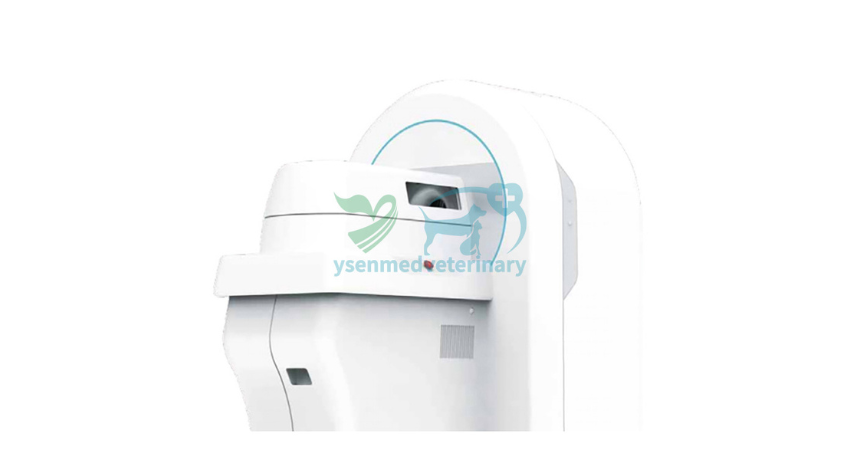Introduction
Welcome to the age where technology isn't just transforming human healthcare but also revolutionizing veterinary care. Among the numerous technological advancements, one particular innovation stands out—the
10kw X-ray machine. In this article, we'll delve into the significance of these machines in veterinary medicine, exploring how they're shifting the paradigm from shadows to solutions in animal healthcare.
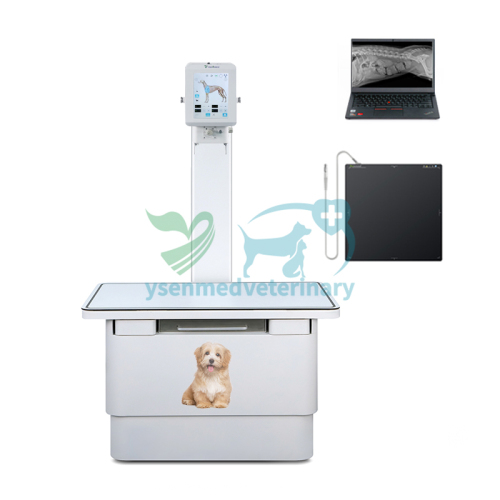
Shedding Light on X-ray Machines
Before we dive into the specifics of 10kw X-ray machines, let's take a moment to understand the essence of X-ray technology itself. X-rays are a form of electromagnetic radiation capable of penetrating various materials, including the human (and animal) body. When directed towards an object, X-rays produce an image based on the differential absorption of these rays.
The Evolution of X-ray Technology
X-ray technology has come a long way since its discovery in the late 19th century by Wilhelm Conrad Roentgen. From bulky, film-based machines to modern digital systems, the evolution has been remarkable. One significant advancement in recent years is the development of 10kw X-ray machines.
What Are 10kw X-ray Machines?
A 10kw X-ray machine refers to a radiography system with a power output of 10 kilowatts. This high power enables deeper penetration and higher image resolution compared to lower power counterparts. In veterinary medicine, these machines have proven to be invaluable tools for diagnosing various ailments in animals.
Applications in Veterinary Care
So, how exactly are 10kw X-ray machines being utilized in veterinary care? The applications are diverse and encompass a wide range of scenarios. From detecting fractures and assessing organ health to identifying foreign objects swallowed by pets, the possibilities are endless.
Fracture Detection and Bone Health
One of the most common uses of 10kw X-ray machines in veterinary medicine is for fracture detection and assessing bone health. Whether it's a broken leg in a dog or a hairline fracture in a horse, X-ray imaging provides veterinarians with crucial insights into the extent of the injury and guides treatment decisions.
Diagnostic Imaging of Organs
Beyond bone health, 10kw X-ray machines are instrumental in diagnostic imaging of internal organs. From identifying tumors to assessing the size and shape of organs, X-rays offer a non-invasive way to visualize the internal anatomy of animals. This is particularly useful in cases of suspected organ dysfunction or disease.
Foreign Body Detection
Pets, especially dogs, have a knack for swallowing objects they shouldn't. From socks to coins, foreign bodies can pose serious health risks if left undetected. With the help of 10kw X-ray machines, veterinarians can quickly locate and identify foreign objects in the gastrointestinal tract, allowing for prompt intervention.
Dental Imaging
Dental health is paramount in animal care, yet it's often overlooked. 10kw X-ray machines play a crucial role in dental imaging for pets, enabling veterinarians to assess oral health, identify dental issues such as abscesses or tooth decay, and plan appropriate treatments.
Advantages of 10kw X-ray Machines
What sets 10kw X-ray machines apart from their lower power counterparts? The primary advantage lies in their ability to produce higher quality images with greater detail and clarity. This enhanced imaging capability allows veterinarians to make more accurate diagnoses and develop tailored treatment plans for their animal patients.
Enhanced Image Resolution
The higher power output of 10kw X-ray machines results in superior image resolution, allowing for better visualization of anatomical structures. This is particularly advantageous in complex cases where fine details matter, such as identifying tiny fractures or evaluating soft tissue abnormalities.
Reduced Examination Time
Another benefit of 10kw X-ray machines is their ability to perform examinations more quickly. With shorter exposure times, veterinarians can obtain diagnostic images rapidly, minimizing stress on the animal patient and streamlining the diagnostic process.
Improved Diagnostic Accuracy
By providing clearer and more detailed images, 10kw X-ray machines contribute to improved diagnostic accuracy in veterinary medicine. Veterinarians can confidently identify and assess abnormalities, leading to more effective treatments and better outcomes for their patients.
Conclusion
In conclusion, 10kw X-ray machines have emerged as powerful tools in veterinary care, enabling veterinarians to transition from shadows to solutions in diagnosing and treating animal ailments. With their superior imaging capabilities and diverse applications, these machines are reshaping the landscape of veterinary medicine, ushering in a new era of precision and efficiency in animal healthcare. As technology continues to advance, we can expect further innovations that will further enhance the quality of care provided to our beloved animal companions.
FAQs:
What is a 10kw X-ray machine and how does it differ from conventional X-ray machines?
A 10kw X-ray machine is a high-powered radiography system used in veterinary medicine to produce detailed images of animal anatomy. Unlike conventional X-ray machines, which may have lower power outputs, a 10kw machine delivers higher energy X-rays, enabling deeper penetration and superior image quality.
What are the common applications of 10kw X-ray machines in veterinary care?
10kw X-ray machines are versatile tools used for various diagnostic purposes in veterinary medicine. Common applications include fracture detection, imaging of internal organs, foreign body detection, and dental radiography.
How are 10kw X-ray machines beneficial in diagnosing fractures in animals?
10kw X-ray machines play a crucial role in diagnosing fractures by providing detailed images of bone structures. These machines can accurately visualize fractures, assess the extent of the injury, and guide treatment decisions, leading to better outcomes for veterinary patients.
Are there any safety concerns associated with using 10kw X-ray machines on animals?
While X-ray imaging is generally safe when performed by trained professionals, precautions are taken to minimize radiation exposure. Veterinary staff follow strict protocols to ensure the safety of both animals and personnel during X-ray procedures, including the use of protective equipment and proper positioning techniques.
What factors should be considered when choosing a 10kw X-ray machine for a veterinary practice?
When selecting a 10kw X-ray machine, veterinary practices should consider factors such as image quality, system reliability, ease of use, and compatibility with existing equipment. It's essential to invest in a machine that meets the specific needs and budget constraints of the practice.
Do veterinarians require specialized training to operate 10kw X-ray machines?
Yes, veterinarians and veterinary technicians undergo specialized training to operate 10kw X-ray machines safely and effectively. Training programs cover topics such as radiation safety, imaging techniques, equipment operation, and interpretation of radiographic images.
What are the costs associated with purchasing and maintaining a 10kw X-ray machine for veterinary practice?
The cost of a 10kw X-ray machine can vary depending on factors such as brand, features, and additional accessories. In addition to the initial purchase price, veterinary practices must budget for ongoing maintenance, calibration, and potential upgrades to ensure the continued reliability and performance of the equipment.
What advancements can we expect in the field of X-ray technology for veterinary care in the future?
As technology continues to advance, we can expect further innovations in X-ray technology for veterinary medicine. This may include enhancements in imaging quality, the development of new imaging modalities, and integration with other diagnostic tools to provide comprehensive healthcare solutions for animals.
